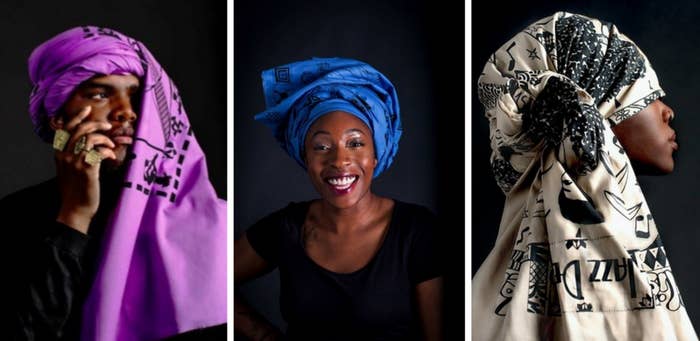
Out of the dark, depressing days of World War I came a period during the 1920s when jazz music and dance styles blossomed.
This movement became known as the Jazz Age and is the focus of an art and history project involving 37 young people from London's inner-city boroughs.
Using art and textiles, they are telling some of the forgotten stories of black British icons in the 1920s and '30s, such as those of entertainer Rita Cann, boxer Len Johnson, and Una Marson, the BBC's first black female broadcaster.
The initiative, aimed at young people aged between 16 and 24 trying to overcome socioeconomic barriers, was created by charity Fashion Awareness Direct in partnership with the Black Cultural Archives in Brixton, south London.
The group spent months researching and learning how to access archives to find and document the stories of largely unknown black and mixed-race people in Britain during the Jazz Age.
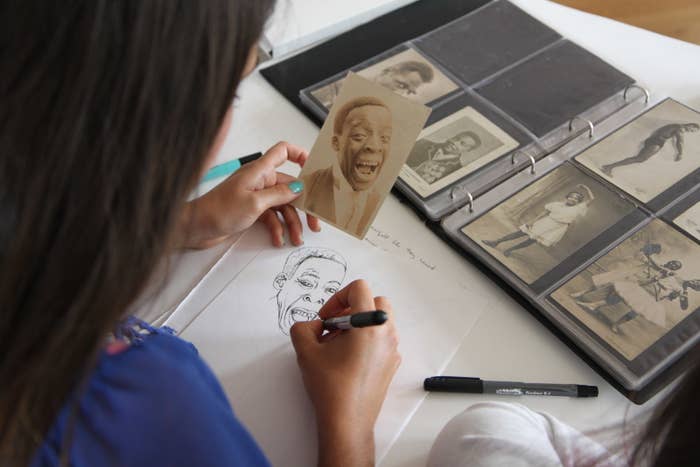
Joanna Bradford, who oversaw the project, told BuzzFeed News the Jazz Age was a pivotal time in history that is often overlooked. "People were really were moving forward, globalisation was happening, people were travelling, and black communities were really getting stronger in the UK," she said, "and that's why we chose this particular era."
The stories and art are presented in a magazine called Black Icons – produced by young people, for young people – that was launched in celebration of Black History Month on Wednesday 5 October, followed by a reception at the House of Lords.
One of the young people who took part in the project was Bui Mushekwa, a 24-year-old graduate who lives in Kent and studied media and cultural studies at the University of the Arts London. Mushekwa told BuzzFeed News the project opened her eyes to black British people who had been involved in arts movements – whom she said she was often not taught about in schools.
"Whenever it was Black History Month at school we would always learn about Martin Luther King and Malcolm X," she said. "They're both important but that was more American black history."

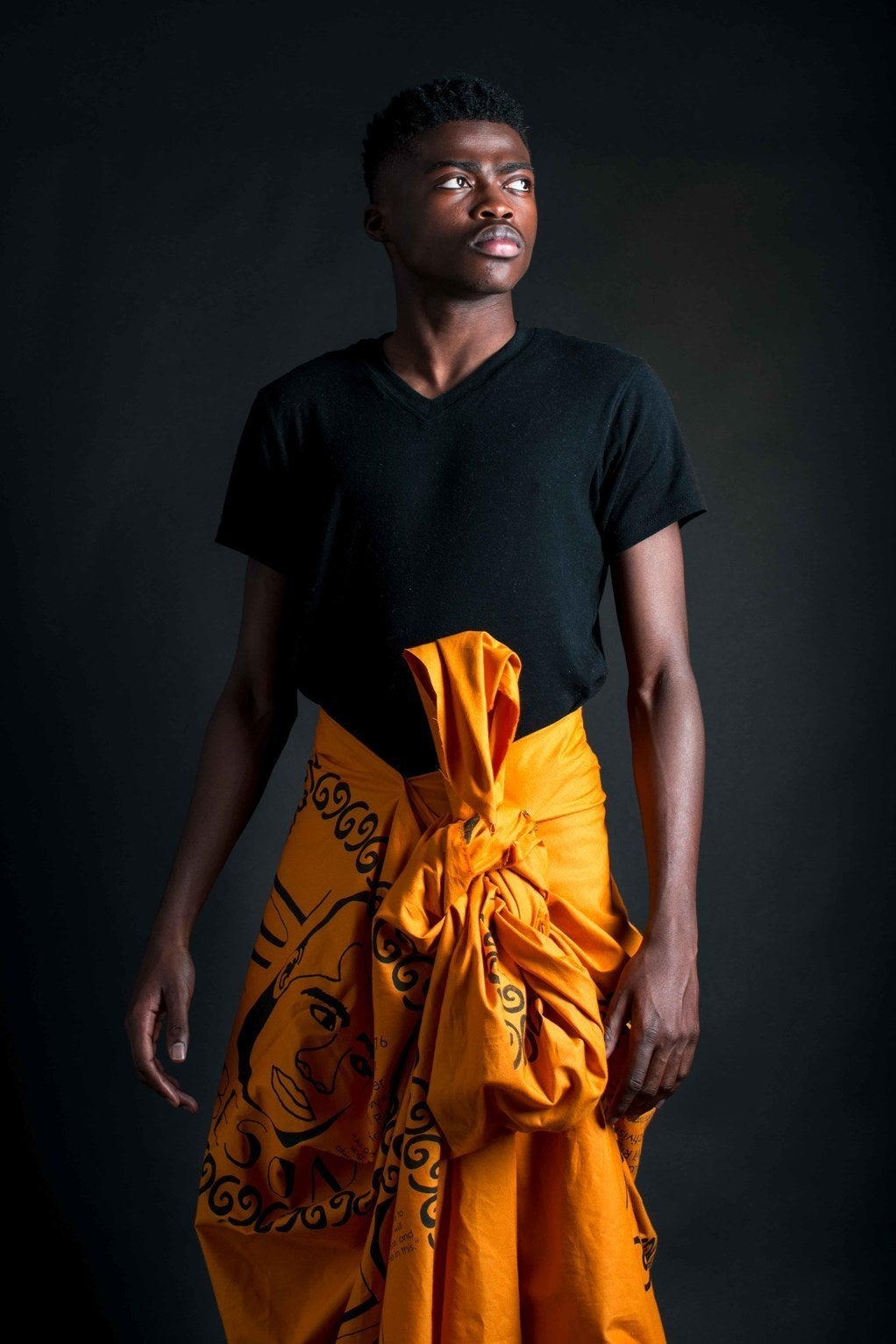
"The biggest thing I took from the project, and what I found most interesting, is that there were black people around in the UK during the jazz era, it's just that we hardly see them in history books."
One of the inspiring icons Mushekwa came across during the project was Ken "Snakehips" Johnson – a star of Britain's black swing movement in the late 1930s.
"He was 21 when he died – it was during World War II at the Café de Paris, literally on the dancefloor," Mushekwa said. "They bombed it during the Blitz. He was due to become a bandleader, his career was going to skyrocket, but it ended really quickly. He was really young but he had done so many things."
For Mushekwa, the project was not only about representation, but also about acknowledging and celebrating the black British icons of previous generations – in particular those in the creative industry.
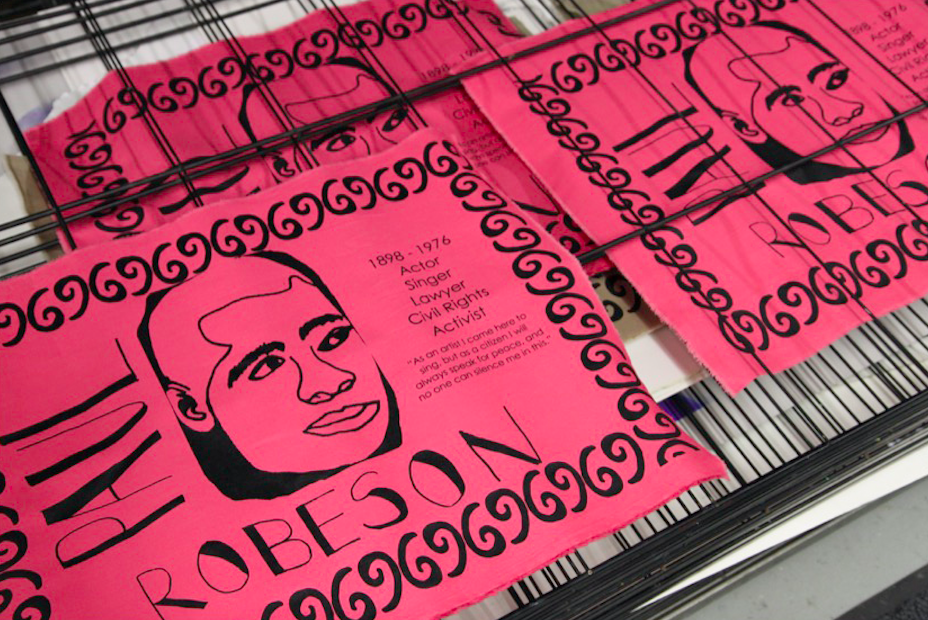
"You're not really given black role models in schools ... so for younger people I think this magazine is a really good opportunity for people to learn that black British history is a thing," Mushekwa said. "Black British creativity has always been there, it's just these people haven't been written about as much as other people."
Bradford described the reaction from the young people involved in the project, funded by the Heritage Lottery Fund, as being "amazingly positive". "Most of the young people had no idea these people existed and the struggles that these people were facing and surmounting daily," she said.
"People are feeling really inspired and empowered as well – we gave them the skills to find out more about their heritage themselves. ... Hopefully it's something they'll carry with them and be able to share with their peers."
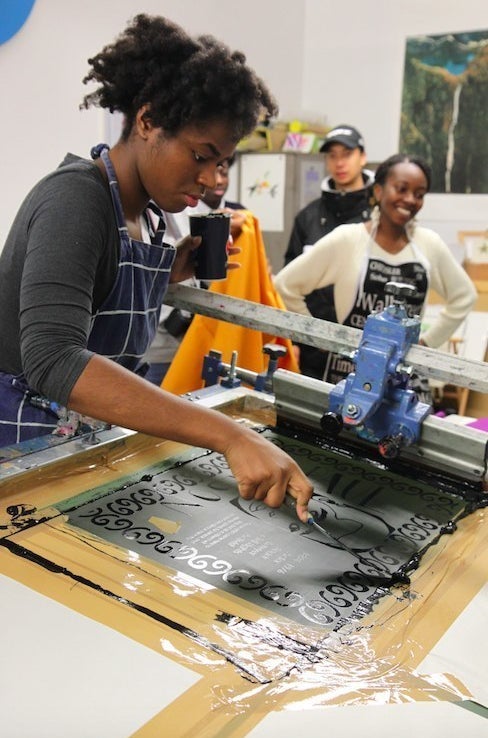
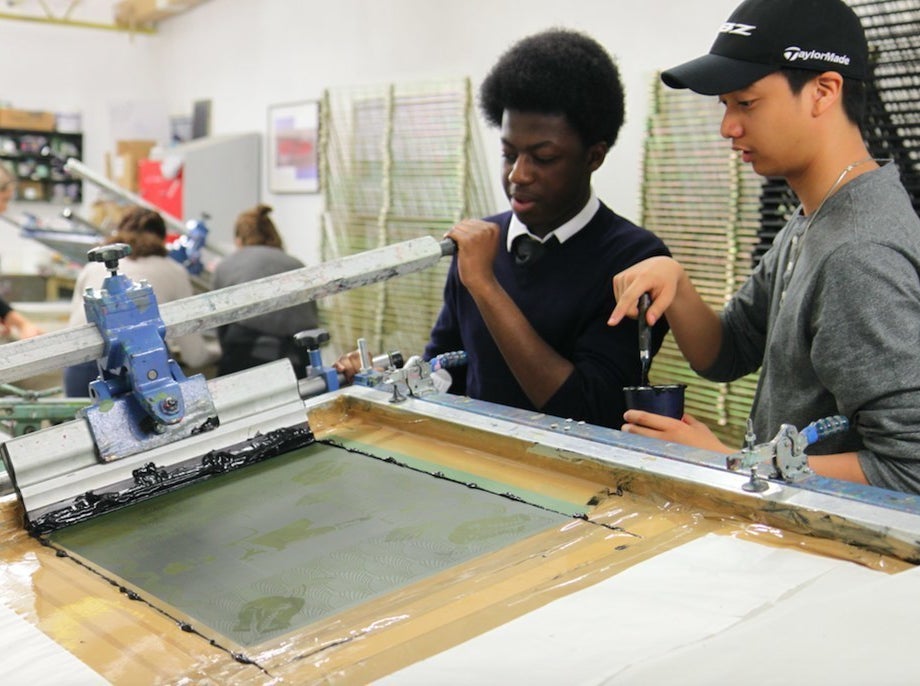
"The project really aims to provide role models for young black people, because education around black history in England pre-war has really been limited to the slave trade," Bradford said.
"I think a lot of young people experience a lack of identity, belonging, and sense of self if they can’t see themselves reflected in the history of their own country."

